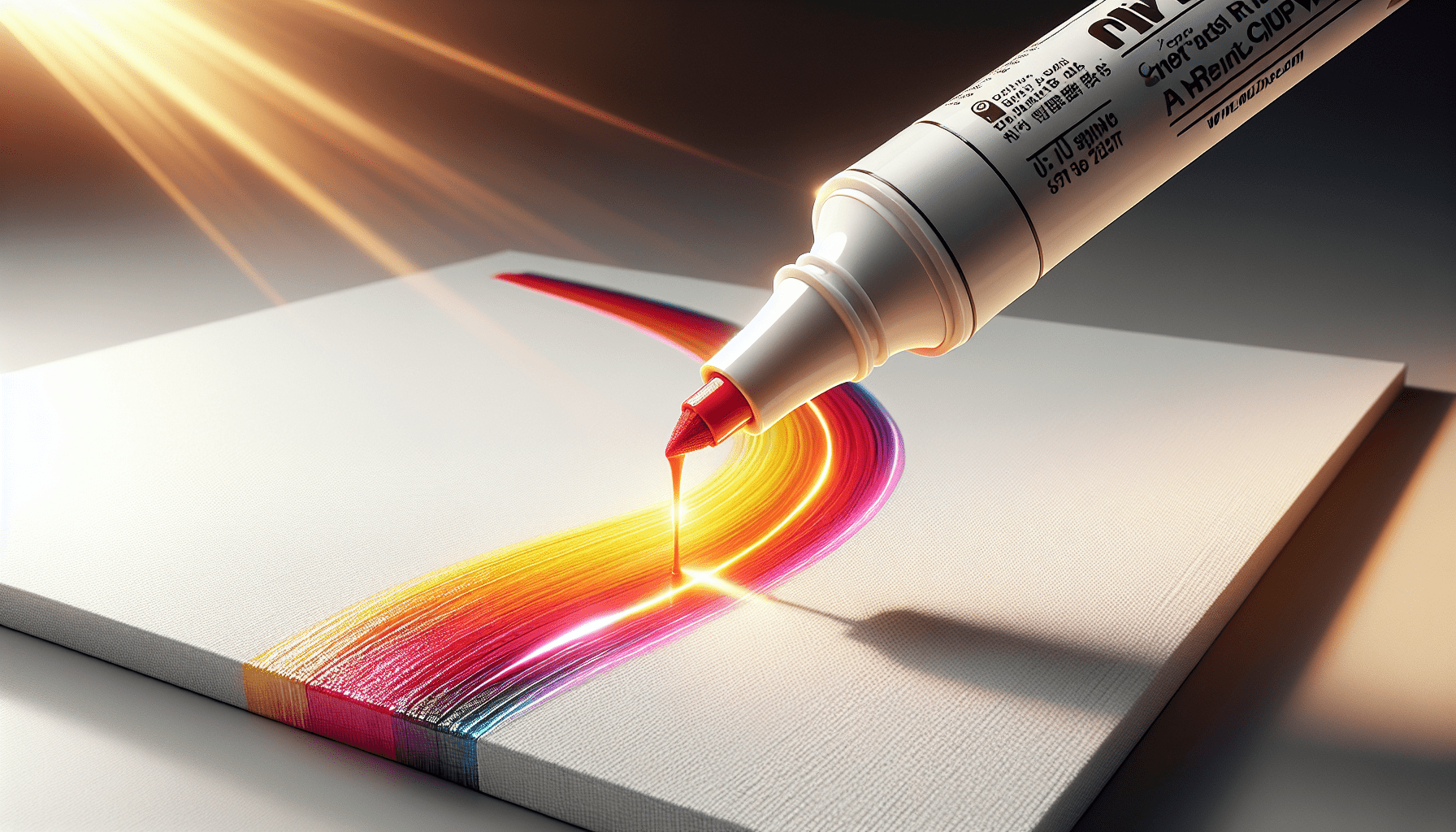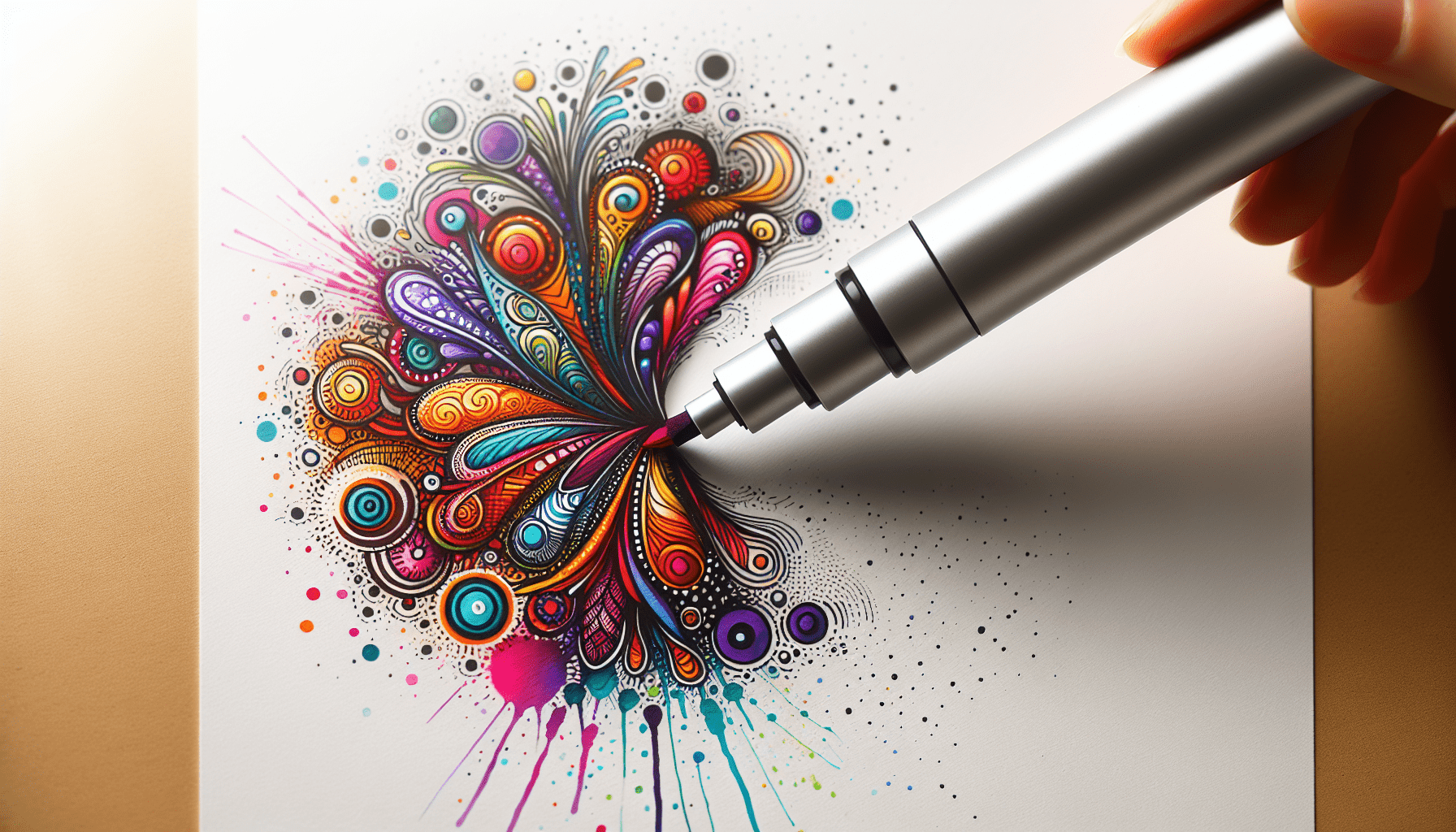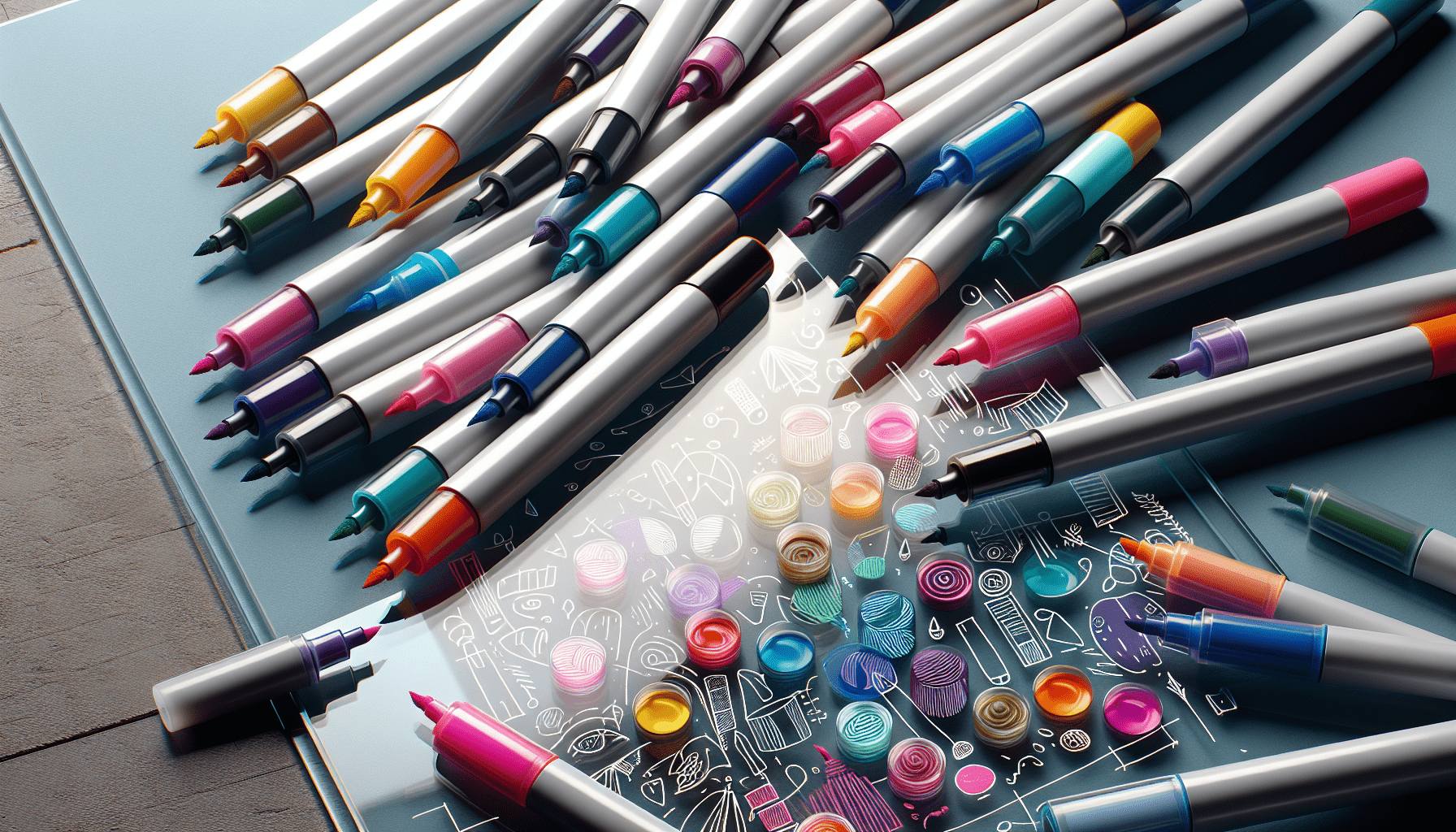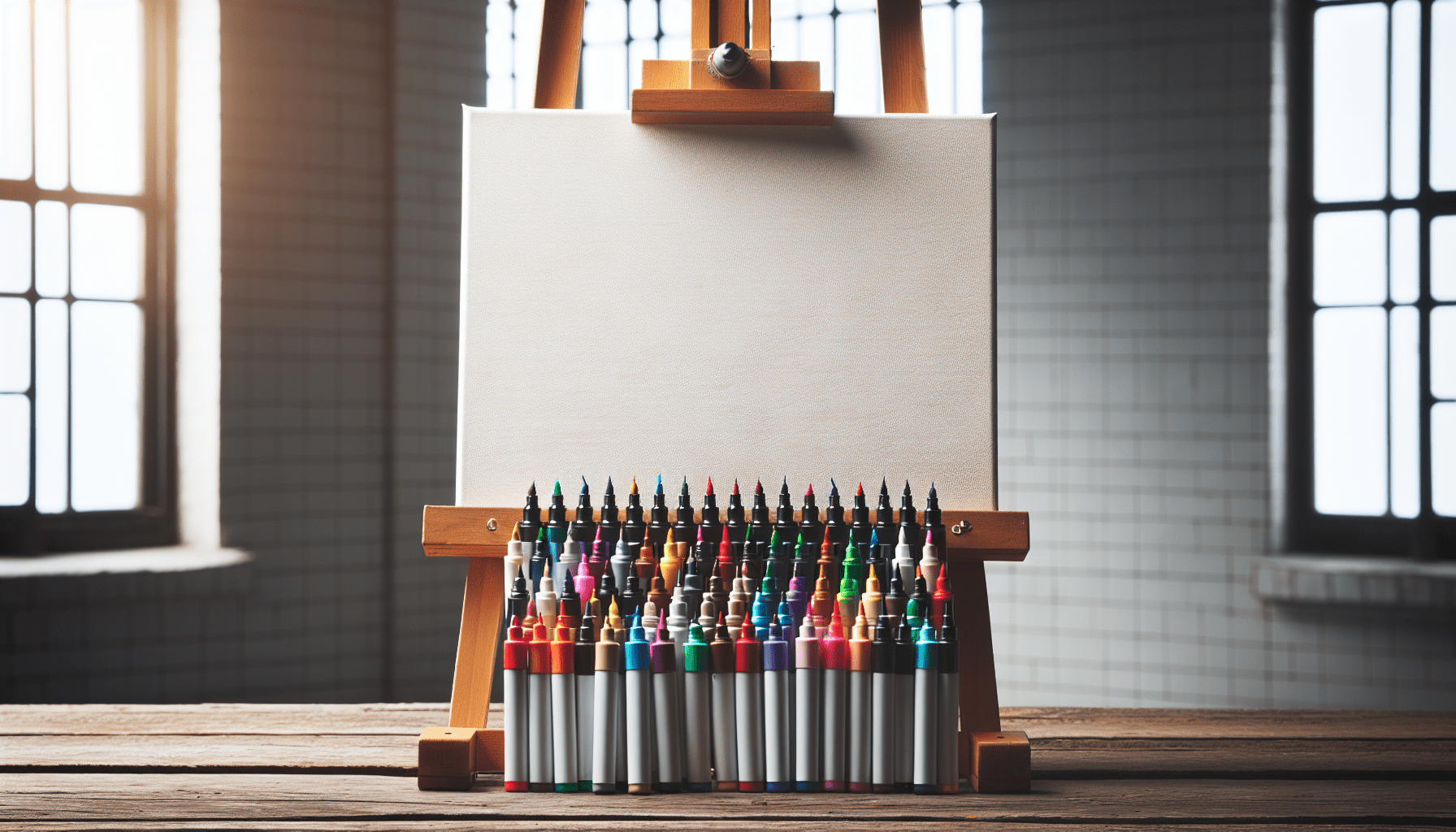Have you ever wondered how long it takes for paint markers to dry? Whether you’re working on an intricate art project, customizing personal items, or engaging in a DIY craft, understanding the drying time of paint markers can be pivotal to your workflow and the final outcome of your project. This article aims to provide comprehensive guidance on the drying times of various paint markers, factors influencing these times, and tips to optimize your projects using them.
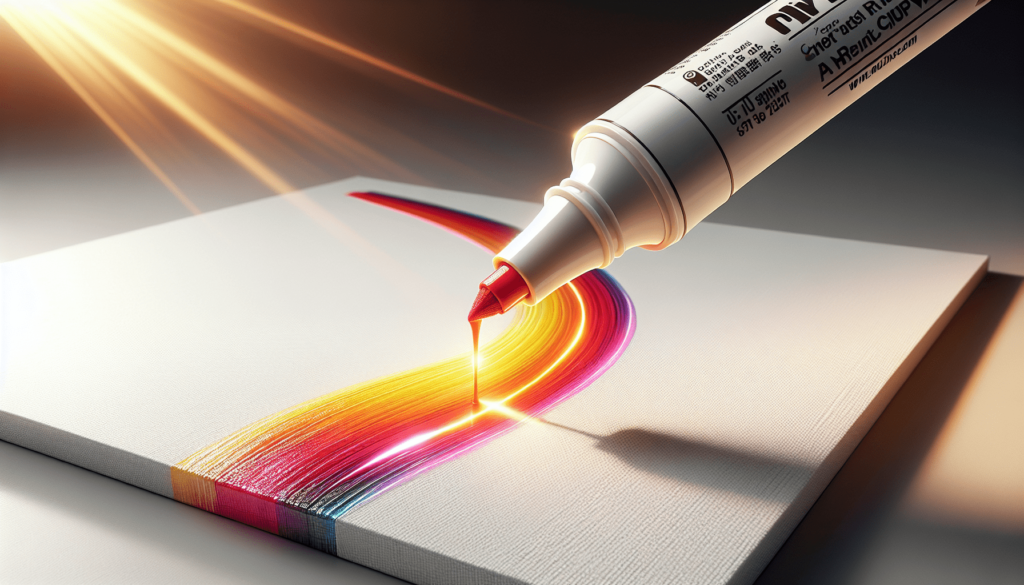
What are Paint Markers?
Paint markers are versatile tools that artist, crafters, and even industrial professionals often use. Unlike regular markers, paint markers contain paint instead of ink, which allows them to write on a wide array of surfaces including metal, glass, wood, plastic, and canvas. The paint generally comes in oil-based or water-based formulations, each with its own characteristics and drying times.
Types of Paint Markers
There are primarily two types:
| Type | Characteristics |
|---|---|
| Oil-Based | More durable, longer drying times, ideal for non-porous surfaces. |
| Water-Based | Easier to clean, quicker drying times, suitable for porous surfaces. |
Factors Influencing Drying Time
Several elements can impact how long it takes for paint markers to dry. These factors range from the type of marker used to the environment in which the project is being completed.
Material of Surface
The surface material you are working on significantly affects the paint marker drying time. Non-porous surfaces like glass and metal will generally take longer for the paint to dry, whereas porous surfaces like paper and wood can absorb the paint, reducing the drying time.
Humidity and Temperature
Ambient humidity and temperature also play a crucial role. Lower humidity levels and warmer temperatures help speed up the drying process. Conversely, high humidity and low temperatures can make the paint take longer to dry.
Layer Thickness
The thickness of the paint application is another critical consideration. Thicker layers of paint take longer to dry compared to thin, even coats.
Ventilation
Proper ventilation enhances airflow, reducing drying time. Poorly ventilated areas may trap moisture, prolonging the drying time of the paint marker.
General Drying Times for Various Paint Markers
Understanding the average drying times for different types of paint markers can guide you in planning your projects more effectively. Below are some typical drying times:
| Marker Type | Surface Type | Average Drying Time |
|---|---|---|
| Oil-Based | Non-Porous | 2 to 4 hours |
| Oil-Based | Porous | 1 to 2 hours |
| Water-Based | Non-Porous | 1 to 2 hours |
| Water-Based | Porous | 30 minutes to 1 hour |
How to Speed Up the Drying Process
While understanding the typical drying times is essential, it’s also helpful to know how you can speed up the drying process without compromising the quality of your work.
Use a Fan
Setting up a fan to blow air directly onto the painted surface can reduce drying times significantly.
Apply Thinner Layers
Applying paint in thin layers helps ensure quicker drying. You can always add more layers once each one has dried.
Choose the Right Environment
Opt for a dry, warm, and well-ventilated area to work in. Using a dehumidifier can also be beneficial in humid conditions.
Use a Heat Gun
For non-flammable surfaces, a heat gun can be used to hasten drying. Be cautious with the heat setting to avoid damaging your work.
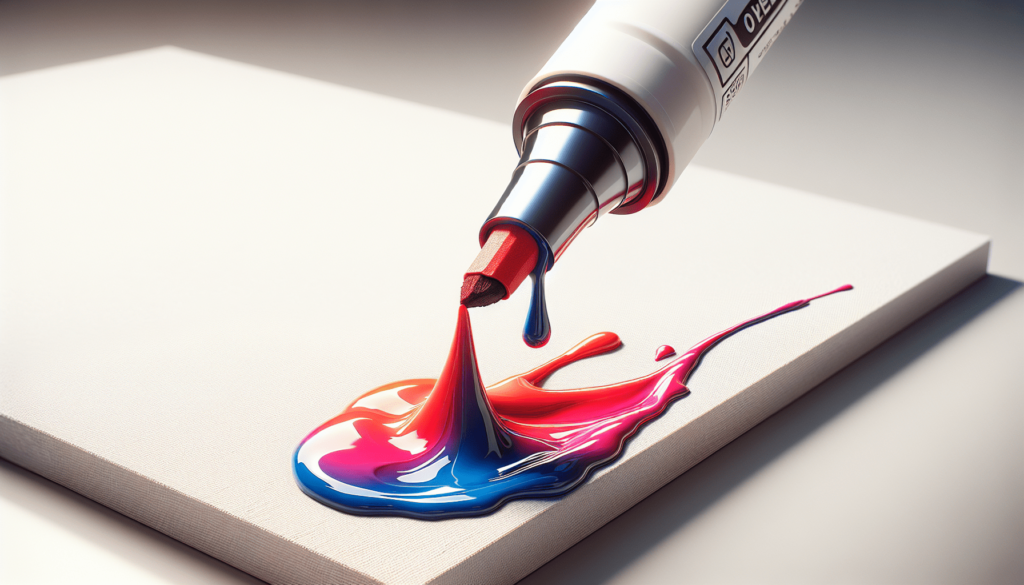
Precautions When Using Paint Markers
Although paint markers are user-friendly, taking certain precautions will help you achieve better results and ensure your safety.
Ventilation
Always work in a well-ventilated area, especially when using oil-based markers. These markers often contain solvents that can be harmful if inhaled.
Protective Gear
Using gloves, masks, and protective eyewear can prevent skin irritation and respiratory issues.
Test on Sample Surfaces
Before starting your main project, test the marker on a similar material to understand how long it takes to dry and to ensure the color is as expected.
Common FAQs on Paint Marker Drying Times
Does the Brand Matter?
Yes, the brand can affect the drying time. High-quality markers from reputable brands often offer better and more consistent drying times.
Can I Use a Hairdryer to Speed Up Drying?
A hairdryer can be used, but it’s vital to maintain a safe distance to prevent the paint from blowing away or bubbling.
How Do I Know When the Paint is Fully Dry?
Touching a small, inconspicuous area can help determine if the paint is dry. If it is tacky, it needs more time.
Application Tips for Best Results
To get the best results with paint markers, follow these application tips:
Clean the Surface
Ensure the surface is free from dust, grease, or any other contaminants. Use a mild cleaner and let it dry completely.
Shake Well
Always shake the paint marker well before use to mix the paint properly.
Prime the Marker
Press the tip of the marker onto a piece of scrap material until the paint starts to flow to avoid blotches of paint on your project.
Seal Your Work
Once the paint has dried completely, consider using a clear sealant to protect your work, especially if it will be exposed to harsh conditions.
Special Considerations for Different Surfaces
Depending on the surface, you may need to take extra steps to ensure optimal drying times and final output.
Glass and Metal
For glass and metal, using a primer specifically designed for these materials can help in achieving better adhesion and shorter drying times.
Wood
Wood can soak up paint quickly, but it’s beneficial to sand the surface lightly to ensure smooth application. Using a wood primer can also help.
Fabric
For fabrics, using fabric-specific paint markers and setting the color with an iron can offer better longevity and quicker drying times.
Conclusion
Understanding the drying times of paint markers, whether they are oil-based or water-based, is essential for planning and executing a project efficiently. By knowing the factors that influence drying times and how to control them, you can achieve the best results for your craft, art, or industrial application. Optimal drying not only ensures the longevity of your work but also maintains its aesthetic quality.
Through careful consideration of surface materials, environmental factors, and proper application techniques, you can master the use of paint markers and make the most out of these versatile tools.
